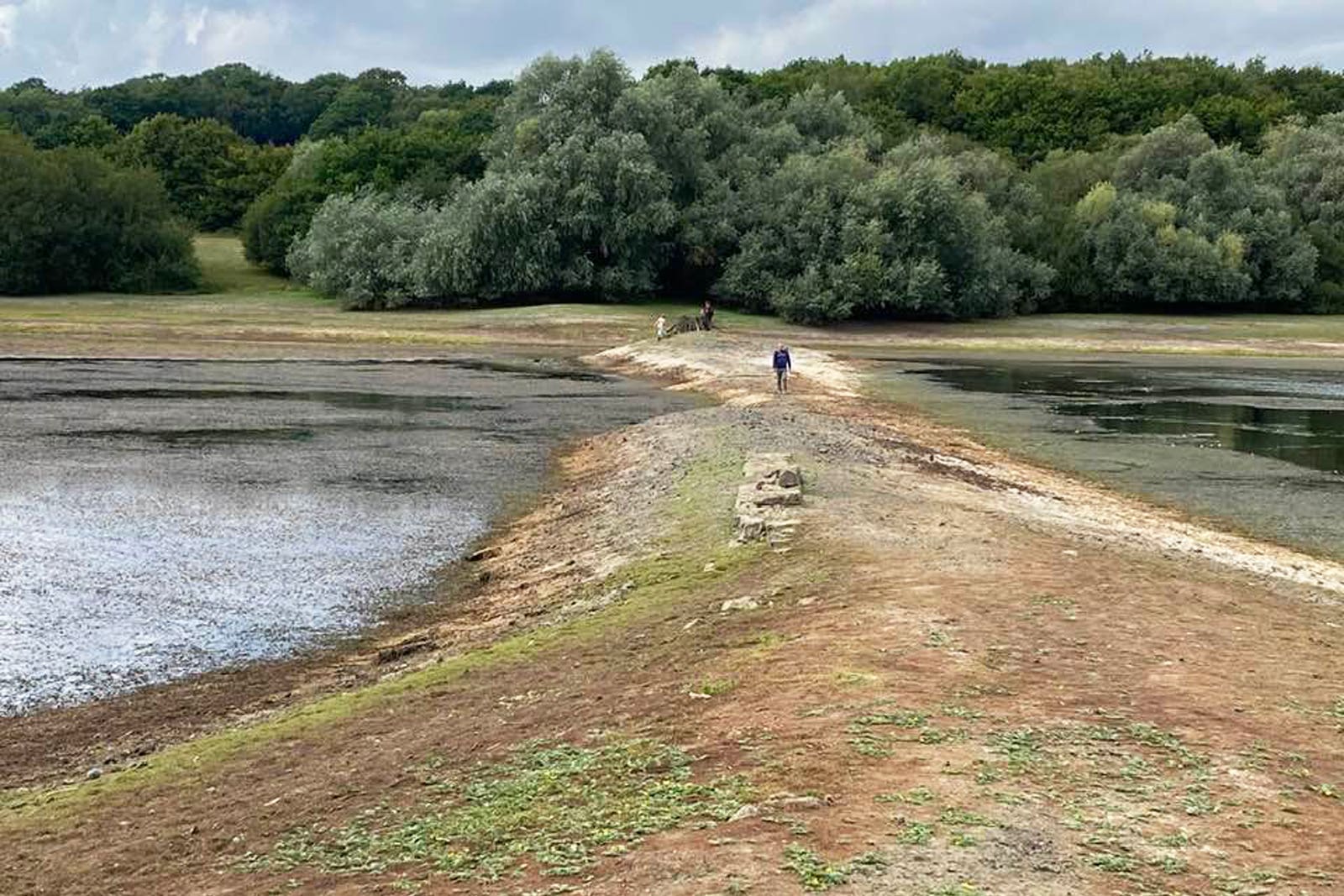Southern Water draws up plans to ship supplies from Norwegian Fjords
The utility is making contingency arrangements due to the threat of extreme drought and water shortages in future.

Your support helps us to tell the story
From reproductive rights to climate change to Big Tech, The Independent is on the ground when the story is developing. Whether it's investigating the financials of Elon Musk's pro-Trump PAC or producing our latest documentary, 'The A Word', which shines a light on the American women fighting for reproductive rights, we know how important it is to parse out the facts from the messaging.
At such a critical moment in US history, we need reporters on the ground. Your donation allows us to keep sending journalists to speak to both sides of the story.
The Independent is trusted by Americans across the entire political spectrum. And unlike many other quality news outlets, we choose not to lock Americans out of our reporting and analysis with paywalls. We believe quality journalism should be available to everyone, paid for by those who can afford it.
Your support makes all the difference.Southern Water is drawing up contingency plans to ship water from Norway to mitigate the risk of supply shortages and droughts.
The UK utility’s plan aims to import up to 45 million litres of water a day into the areas it covers – Hampshire, Kent, East and West Sussex and the Isle of Wight.
The regional monopoly, which is one of the biggest UK water firms, is in early-stage talks with the Extreme Drought Resilience Service, a private UK company that supplies water by sea tanker, according to the Financial Times (FT).
Tim McMahon, Southern Water’s managing director for water, said importing supplies would be a “last-resort contingency measure” in the event of an extreme drought in the early 2030s.
It comes as most of the company’s supplies are currently abstracted from groundwater and globally rare chalk streams.
The Environment Agency has warned that overreliance on these sources can cause environmental damage, increasing the risk of droughts even further.
The regulator has ordered the company to make dramatic reductions by 2030, although Southern has recently admitted it may need to keep taking water from the rivers until as late as 2035 due to delays in shifting to new water sources.
Southern plans to pay for the shipped water from customers’ bills, the FT reported, adding that imports tend to be expensive because of weight and the additional processing required.
To help meet Hampshire’s water shortfall, the company is building the UK’s first new reservoir for more than 30 years at Havant Thicket.
This new source of water is expected to be delivered in 2034 but until then, the company said it anticipates a risk of reduced resilience to drought, particularly from 2030.
Importing water would be a last resort contingency measure that would only be used for a short period in the event of an extreme drought emergency in the early 2030s - something considerably worse than the drought of 1976
Plans for other forms of mitigation include plans for universal smart metering, leakage driven mains replacements, desalination and agreements with businesses to reduce use, Southern said.
Mr McMahon said the possibility that it would need to import water is “very remote”.
Mr McMahon said: “We put less water into supply now than we did 30 years ago and measures like reducing leakage have enabled us to keep pace so far with population growth and climate change.
“As we work to take less water from our chalk streams and build new reservoirs like Havant Thicket in Hampshire, we need a range of options to help protect the environment while this infrastructure comes online.
“Importing water would be a last resort contingency measure that would only be used for a short period in the event of an extreme drought emergency in the early 2030s – something considerably worse than the drought of 1976.
“We’re committed to continuing to work with our regulators on developing the right solutions to meet the challenge of water scarcity, while protecting the environment.”
The plans come as England continues to grapple with a nationwide water crisis caused by years of underinvestment, ageing infrastructure, growing populations and extreme weather caused by climate change.
According to water regulator Ofwat, currently around a fifth of water running through pipes is lost to leakage.
Droughts are becoming more frequent and parts of England came close to running out of water in 2022 during one of the driest summers on record.
Southern Water’s situation is particularly acute, with the firm saying it would face a shortfall of 166mn litres a day in Hampshire during a drought.
The Environment Agency attribute the firm’s contingency plans to its delayed delivery of crucial supply schemes.
The regulator said it will be reviewing the company’s plans through public consultation and consider its environmental acceptability.
It is also in contact with the Norwegian regulators about Southern’s proposed scheme.